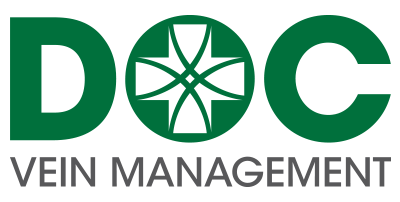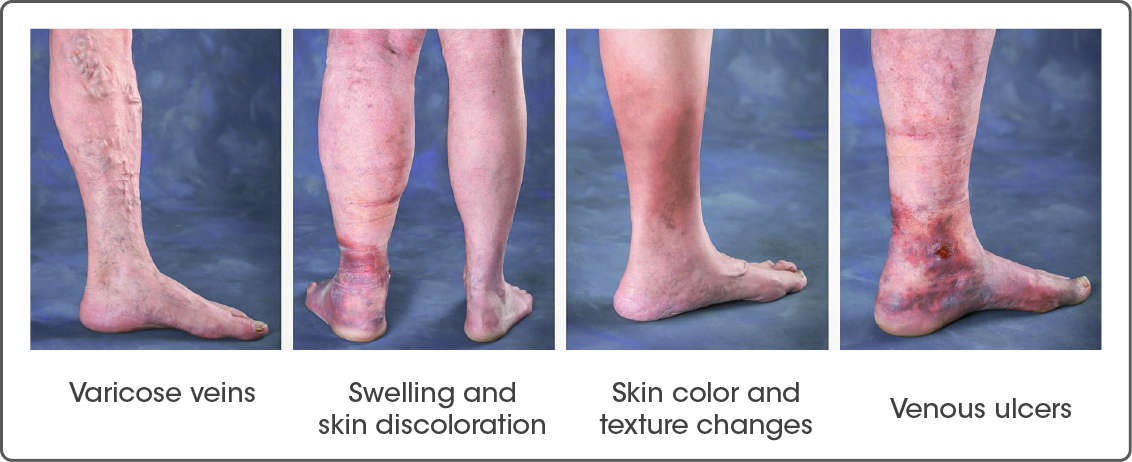What is Chronic Venous Insufficiency (CVI)?
Chronic Venous Insufficiency (CVI) occurs when leg veins are damaged, hindering proper blood flow. Normally, these valves ensure blood flows toward the heart, but when damaged, they fail to close properly, causing blood to flow backward, known as venous reflux, rather than upward toward the heart. Due to the increased pressure, over time, CVI can significantly impact quality of life and lead to serious complications.




